Are Your Contact Lenses Letting Your Eyes Breathe?
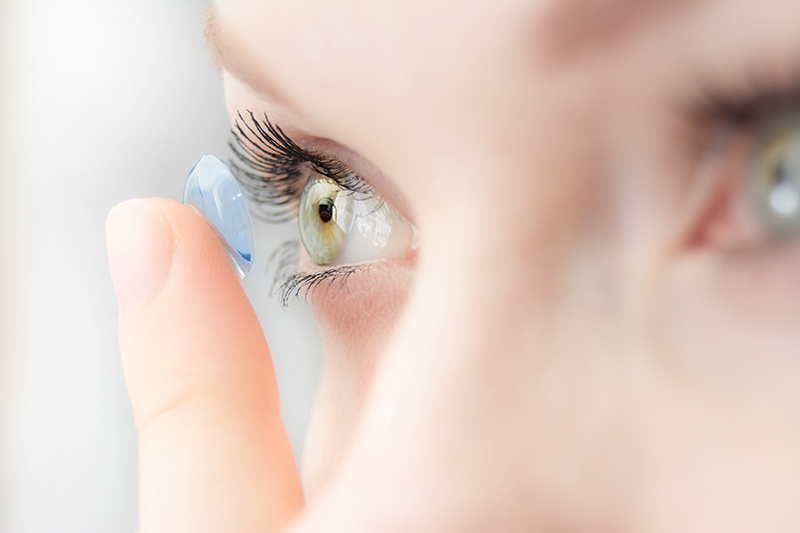
In Australia’s often dry, dusty, or air-conditioned environments, how well your contact lenses breathe becomes even more critical. Oxygen flow through a lens is not just technical jargon—it’s fundamental to maintaining corneal health, clarity, and comfort. Quicklens Australia is committed to offering lens options that balance cost, comfort, and above all, oxygen transmission. Here’s what Aussie lens wearers should know.
How the Cornea Absorbs Oxygen

The cornea, the clear front surface of the eye, does not contain blood vessels. Instead, it depends entirely on oxygen delivered through your tears. If a contact lens impedes this supply, the cornea can swell (edema), become cloudy, change shape, or trigger new blood vessel growth (neovascularisation). Over time, this can lead to scarring, persistent discomfort, or impaired vision—especially if lenses are over-worn or used overnight without proper precautions.
Comparing Lens Types and Oxygen Delivery
Traditional soft hydrogel lenses rely solely on water content to allow oxygen diffusion. Their capacity is limited, particularly under challenging conditions like low humidity or prolonged wear. In contrast, silicone hydrogel lenses incorporate silicone into their structure, dramatically boosting oxygen transmission—often by four to five times compared to older hydrogels. Because of this, many Australian optometrists now prefer silicone hydrogel lenses for safer, more breathable wear.
Understanding Dk and Dk/L: Oxygen Permeability in Contact Lenses
Adequate oxygen supply to the cornea is essential for maintaining healthy eyes, making oxygen permeability a key factor when choosing contact lenses. This property is commonly expressed using two related measurements: Dk and Dk/L (also written as Dk/t).
Dk represents the oxygen permeability coefficient — a measure of how easily oxygen can pass through the lens material. Higher Dk values indicate better oxygen transmission.
Dk/L (or Dk/t) is calculated by dividing the Dk value by the thickness of the contact lens, representing the overall oxygen permeability of the lens when worn.
Generally, a Dk/L value of 24.1 or higher is considered sufficient for all-day wear, as it allows enough oxygen to reach the cornea. While higher values tend to reduce corneal stress and improve comfort, the actual oxygen supply can vary depending on factors such as wear time, lens design, and individual eye conditions.
Therefore, while oxygen permeability is an important guideline when selecting contact lenses, the best choice ultimately depends on personal eye health and lifestyle. Consulting with an eye care professional ensures the lenses you choose provide both optimal comfort and corneal health.
Popular High Breathability Lenses at Quicklens Australia
Acuvue Oasys (6 Pack)Dk/L: 147
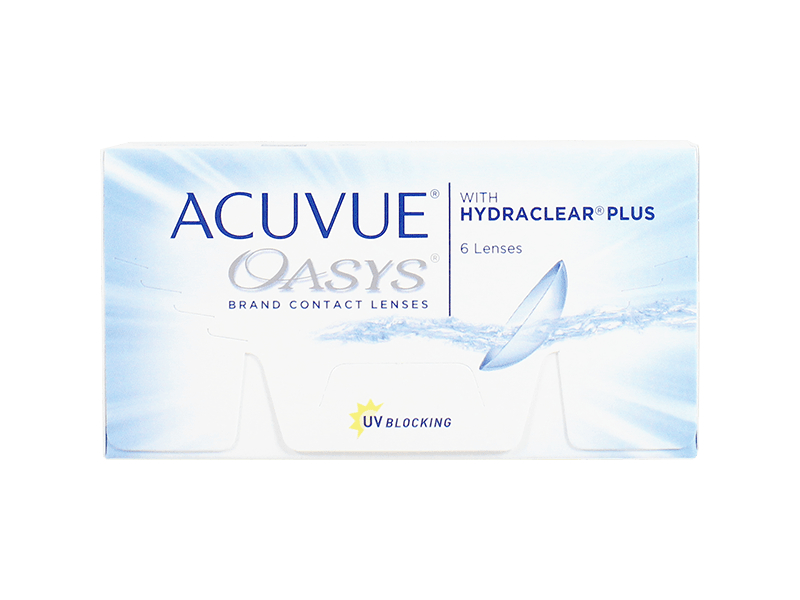
Experience exceptional comfort and moisture retention with Acuvue Oasys (6 Pack). Designed for fortnightly wear, these lenses utilise HYDRACLEAR® PLUS technology to keep your eyes hydrated throughout the day. Ideal for those seeking reliable and breathable lenses.
Acuvue Oasys for Astigmatism (6 Pack)Dk/L: 129
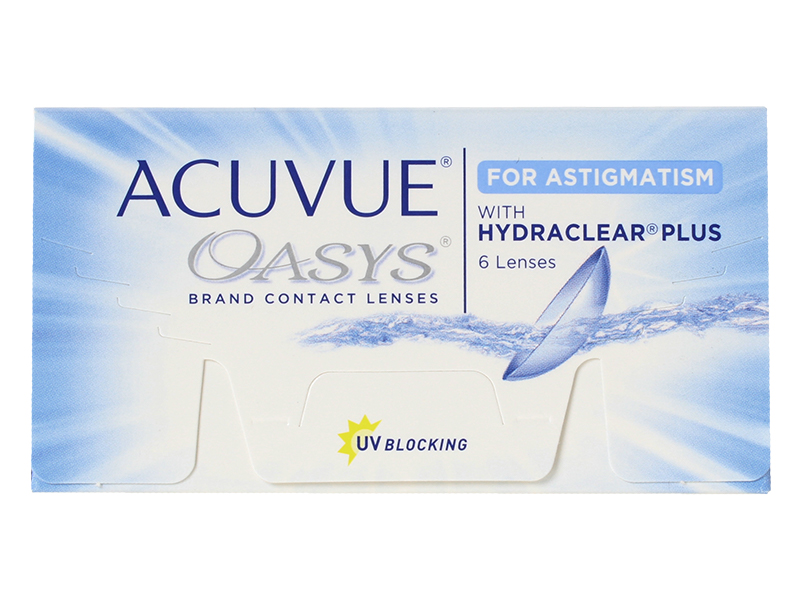
Specifically crafted for individuals with astigmatism, Acuvue Oasys for Astigmatism offers stable vision and comfort. These lenses combine HYDRACLEAR® PLUS technology with a toric design to provide clear and comfortable vision.
Biofinity (6 Pack)Dk/L: 160
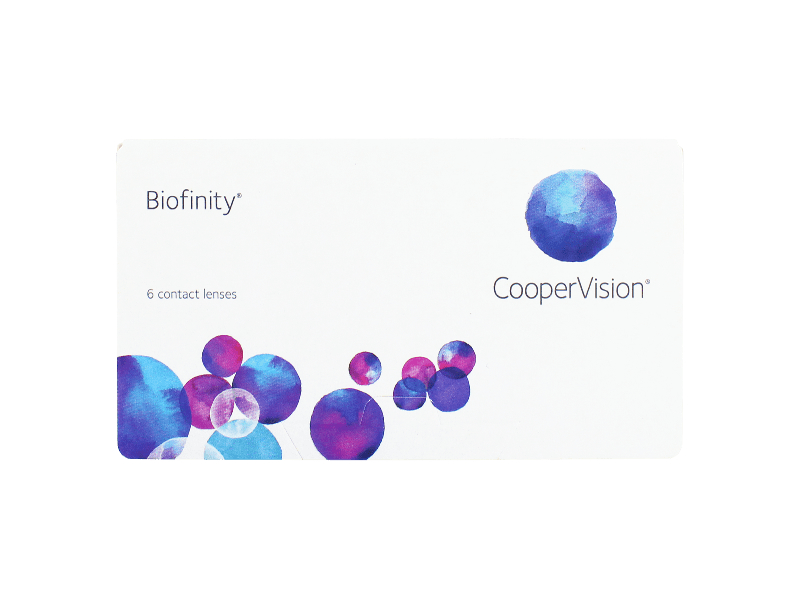
Biofinity lenses are renowned for their high oxygen permeability and comfort. Suitable for monthly wear, these lenses are designed to provide clear and comfortable vision throughout the day.
Qieto1day Rich (30 Pack)Dk/L: 166

For daily disposable wearers, Qieto1day Rich offers all-day comfort and breathability. These lenses are designed to provide a comfortable wearing experience from morning to night. Exclusive to our group and affordably priced.
Qieto2week Rich (6 Pack)Dk/L: 148
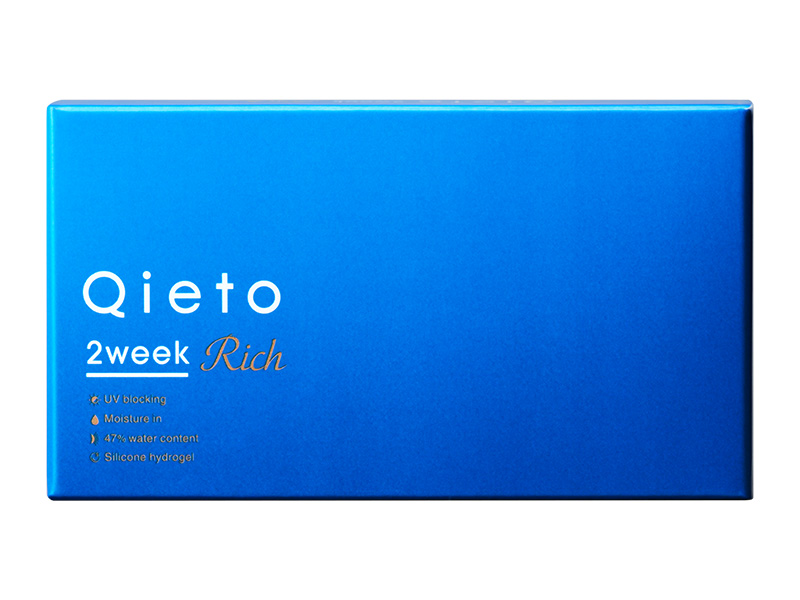
For those who prefer two-week lenses, Qieto2week Rich offers 14 days of lasting comfort, moisture, and oxygen permeability. Exclusive to our group and affordably priced.
*Dk/L values are measurement values at -3.00D as published by each manufacturer.
Benefits and Considerations of Silicone Hydrogel Lenses
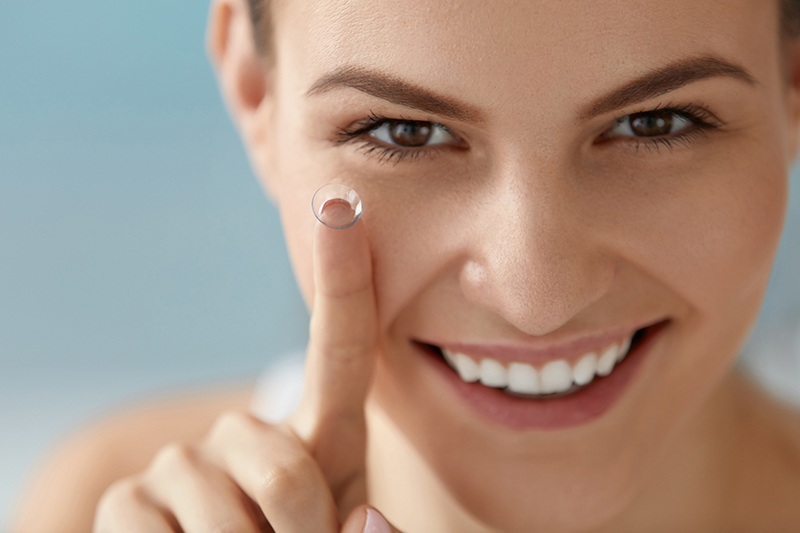
Choosing breathable lenses can reduce dryness, lower the risk of swelling or irritation, and improve comfort—especially in dry Australian climates, during screen time, or overnight (when approved by your optometrist). Keep in mind that silicone hydrogel lenses may be slightly firmer and more expensive than conventional lenses, so it’s important to ensure your eyes are suited for the type before switching.
Tips for Safe Lens Wear in Australia
To maintain healthy eyes, follow your prescribed wearing schedule, use the recommended lens care solutions, remove lenses at the first sign of redness or irritation, and attend regular eye exams. Quicklens Australia is committed to supplying high-quality, breathable lenses with reliable delivery across the country. But no matter the brand, the best lens is the one your eyes tolerate comfortably—so always consult your optometrist before making changes.
Want to learn more tips for contact lens care? Browse our resources for expert advice on keeping your lenses and eyes in top condition.
